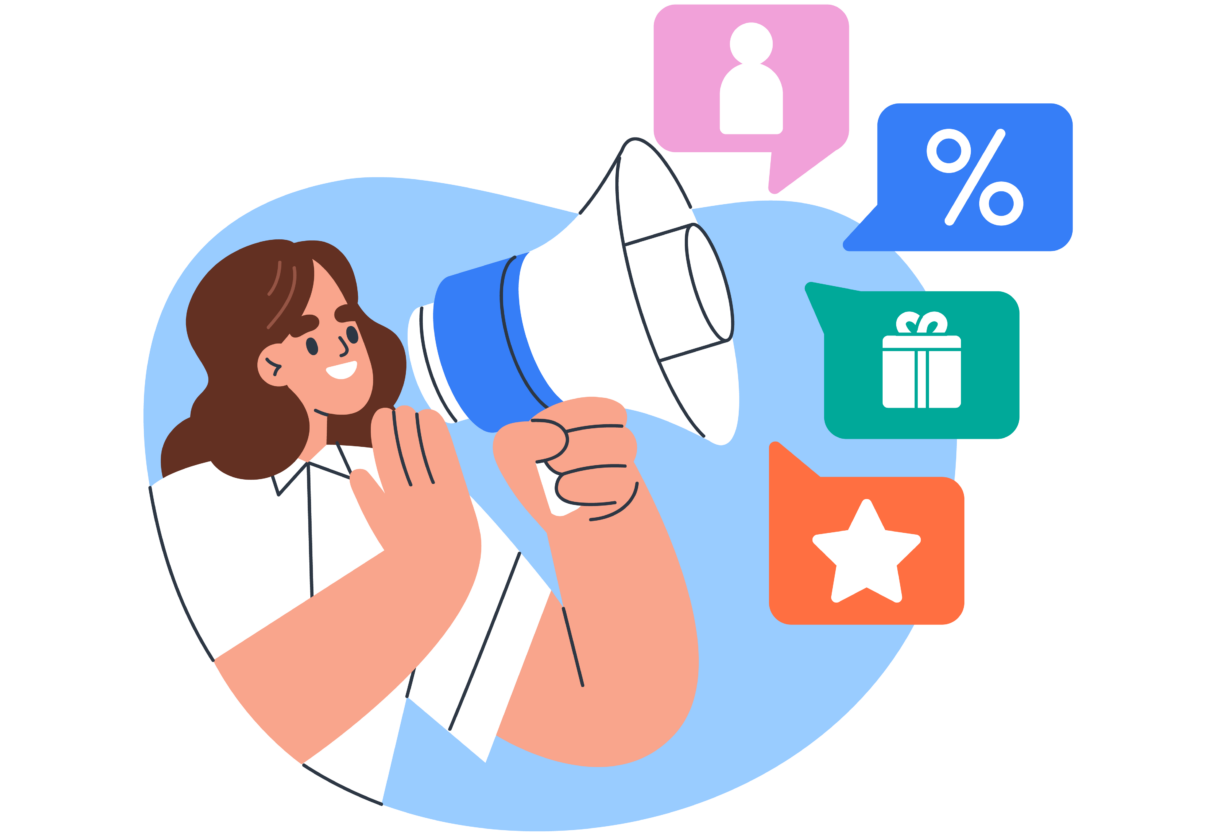
LinkedIn is an excellent platform for creating and maintaining a professional network, learning new things and promoting career development. The platform is used by around 1 billion people worldwide.
There is no doubt that the platform holds great potential – but which, and how can companies take advantage of this in their own communication? We provide insight into that.

Long-term reputation building
LinkedIn is a valuable channel, not only for individuals, but for companies and their marketing – especially in B2B industries.
Unlike many other social media, LinkedIn’s target is the business world. Therefore, most users are present for professional purposes. Several of these users are working at companies in positions where they are the ones who make the decisions – both within the purchase of products and services, as well as the acquisition of and partnership in companies.
For that reason, LinkedIn is also the right place to increase recognition, strengthen trust and build thought leadership in your industry. Altogether, it helps to enable success with e.g. expanding the customer base and recruiting new talent – that is, the company’s long-term success factors.

5 tips to communicate effectively on LinkedIn
For most companies – B2B or not – it is an advantage to be active on LinkedIn. We give you 5 tips on how to ensure that the time and resources put into activity on the platform are worth it.

1. Keep your profile up to date
As with other social media, the algorithm on LinkedIn favors accounts that keep their profile up to date. Just as a website’s main landing pages need to be evaluated and kept up to date on an ongoing basis, so should your LinkedIn company profile.
Ask yourself if the profile’s content gives an interesting and current picture of the company.
How often the profile should be evaluated is entirely up to you – but make sure there is a fixed rhythm. It can be once a month, every three months or similar.

2. Be consistent
This may be annoyingly obvious, but posting regularly is necessary for business to take advantage of LinkedIn’s potential. Plan both the publication and the preparation of the individual submissions, so that you know that the right resources will be allocated to the work.
LinkedIn has tools that can help you find the right days and times to post so that you best reach your target audience.

3. Set aside time to respond to comments
When you post, it’s a good idea to set aside time to respond to any comments that may come – regardless of whether it’s a comment that invites a response or not. By answering and commenting on your own post within the first 24 hours, you can increase the visibility of the post and at the same time create greater credibility around the brand.
If a question is asked, answer it. If a smiley is written, reply with a smiley. Just make sure you send some kind of response – even if more than 24 hours have passed.

4. Publish versatile content
Information sharing about products and the industry, reference stories from customers, employee presentations, etc. is all different content that helps to create versatility on your profile – and versatility is essential for securing and maintaining user interest.
A content plan can be a useful tool for this, as you can ensure that it is not the same content that is posted week after week. In addition, it becomes easier to plan and take relevant anniversaries and holidays into account.

5. Keep the visual in mind
Images are more likely to capture users’ attention than text alone – also on LinkedIn. People are always a good motive for creating engagement, but visual brand elements should also be used. Including colors, graphics, icons, fonts, etc.
High quality is clearly preferable, but it is not paramount. The pursuit of perfection must not be an obstacle to execution. Better to post something that might be missing the finishing touch than not at all. However, good planning can accommodate this problem. If there is control over the content plan, high quality can be more easily pursued.